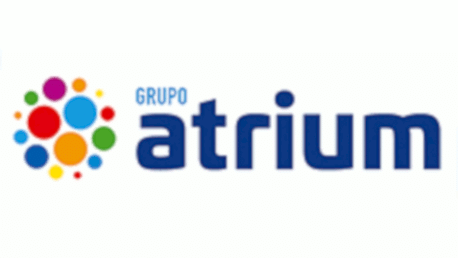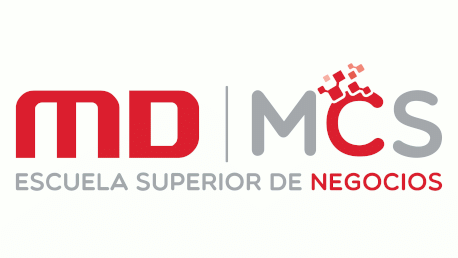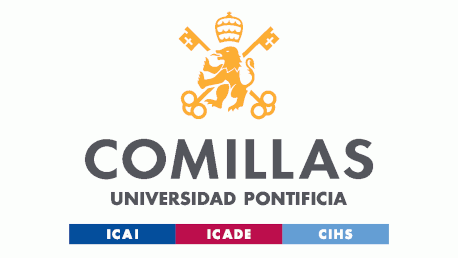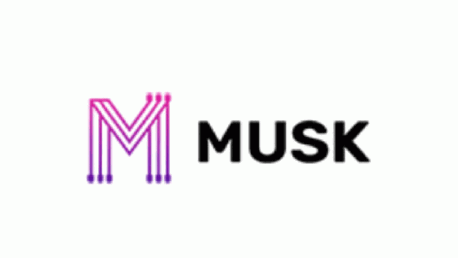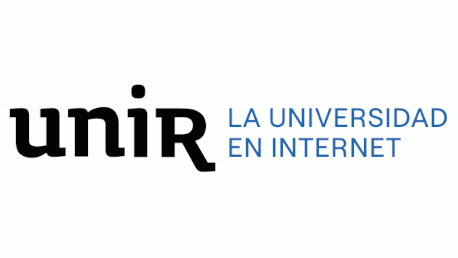Curso Machine Learning on Google Cloud
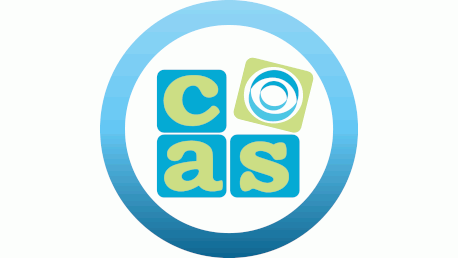

Si has realizado este curso, ¿por qué no darnos tu opinión?. Si lo haces, estarás ayudando a miles de personas que, como tu en su momento, están intentando cambiar su vida a través de la formación. No hay mejor ayuda, para decidirse entre miles de cursos, que la opinión de una persona que ha vivido la experiencia de cursarlo, miles de personas te lo agradecerán.
Danos tu opinión detallada sobre el Curso Machine Learning on Google Cloud. No olvides decirnos que te pareció el temario del curso, el profesorado, la accesibilidad al equipo del centro para resolver tus dudas y, en el caso de los programas online, la calidad del campus virtual.
El Curso Machine Learning on Google Cloud se imparte en modalidad semipresencial en Madrid.
Google Cloud Curso
En el curso Machine Learning on Google Cloud aprenderás a:
-Construir modelos Vertex AI AutoML sin escribir una sola línea de código.
-Crear modelos de BigQuery ML con conocimientos básicos de SQL.
-Crear e implementar trabajos de entrenamiento personalizados de Vertex AI utilizando contenedores (con poco conocimiento de Docker).
-Utilizar Feature Store para la administración y el gobierno de datos.
-Utilizar ingeniería de características para mejorar el modelo.
-Determinar las opciones de preprocesamiento de datos apropiadas para caso de uso.
-Escribir modelos de ML distribuidos que escalen en TensorFlow.
-Aprovechar las prácticas recomendadas para implementar el machine learning en Google Cloud.
Qué nos diferencia
-Apuesta por la certificación oficial de fabricantes.
-Oferta formativa orientada a roles y puesto de trabajo específicos.
-Metodología ""Learning by doing"" basada en la experiencia práctica del alumno en contextos reales.
-Formadores certificados con experiencia en la aplicación real de tecnologías.
Profesor certificado Google Cloud
Documentación oficial: Curso Machine Learning on Google Cloud
-Estar familiarizado con los conceptos básicos de machine learning.
-Tener un dominio básico de un lenguaje de secuencias de comandos, preferiblemente Python.
Este curso está dirigido, principalmente, a los siguientes participantes:
-Aspirantes a analistas de datos de machine learning, científicos de datos e ingenieros de datos.
-Personas que deseen aprender sobre machine learning mediante Vertex AI AutoML, BQML, Feature Store, Workbench, Dataflow, Vizier para el ajuste de hiperparámetros, y TensorFlow/Keras.
-Crear, entrenar e implementar un modelo de machine learning sin escribir una sola línea de código usando Vertex AI AutoML.
-Comprender cuándo usar AutoML y Big Query ML.
-Crear conjuntos de datos gestionados por Vertex AI.
-Agregar funciones a una Feature Store.
-Describir Analytics Hub, Dataplex y Data Catalog.
-Describir el ajuste de hiperparámetros con Vertex Vizier y cómo se puede utilizar para mejorar el rendimiento del modelo.
-Crear un cuaderno administrado por el usuario de Vertex AI Workbench, un trabajo de capacitación personalizado y luego implementarlo usando un contenedor Docker.
-Describir predicciones por lotes y en línea, y monitoreo de modelos.
-Describir cómo mejorar la calidad de los datos.
-Realizar análisis de datos exploratorios.
-Construir y entrenar modelos de aprendizaje supervisado.
-Optimizar y evaluar modelos utilizando funciones de pérdida y métricas de rendimiento.
-Crear conjuntos de datos de prueba, evaluación y entrenamiento repetibles y escalables.
-Implementar modelos ML usando TensorFlow/Keras.
-Describir cómo representar y transformar características.
-Comprender los beneficios de utilizar la ingeniería de funciones.
-Explicar Vertex AI Pipelines.
Curso 1: How Google Does Machine Learning
-What are best practices for implementing machine learning on Google Cloud? What is Vertex AI and how can you use the platform to quickly build, train, and deploy AutoML machine learning models without writing a single line of code? What is machine learning, and what kinds of problems can it solve?
-Google thinks about machine learning slightly differently: it’s about providing a unified platform for managed datasets, a feature store, a way to build, train, and deploy machine learning models without writing a single line of code, providing the ability to label data, create Workbench notebooks using frameworks such as TensorFlow, SciKit Learn, Pytorch, R, and others. Our Vertex AI Platform also includes the ability to train custom models, build component pipelines, and perform both online and batch predictions. We also discuss the five phases of converting a candidate use case to be driven by machine learning, and consider why it is important to not skip the phases. We end with a recognition of the biases that machine learning can amplify and how to recognize them.
-Describe the Vertex AI Platform and how it is used to quickly build, train, and deploy AutoML machine learning models without writing a single line of code.
-Describe best practices for implementing machine learning on Google Cloud.
-Develop a data strategy around machine learning.
-Examine use cases that are then reimagined through an ML lens.
-Leverage Google Cloud Platform tools and environment to do ML.
-Learn from Google's experience to avoid common pitfalls.
-Carry out data science tasks in online collaborative notebooks.
Curso 2: Launching into Machine Learning
The course begins with a discussion about data: how to improve data quality and perform exploratory data analysis. We describe Vertex AI AutoML and how to build, train, and deploy an ML model without writing a single line of code. You will understand the benefits of Big Query ML. We then discuss how to optimize a machine learning (ML) model and how generalization and sampling can help assess the quality of ML models for custom training.
-Describe Vertex AI AutoML and how to build, train, and deploy an ML model without writing a single line of code.
-Describe Big Query ML and its benefits.
-Describe how to improve data quality.
-Perform exploratory data analysis.
-Build and train supervised learning models.
-Optimize and evaluate models using loss functions and performance metrics.
-Mitigate common problems that arise in machine learning.
-Create repeatable and scalable training, evaluation, and test datasets.
Curso 3: TensorFlow on Google Cloud
The modules cover designing and building a TensorFlow input data pipeline, building ML models with TensorFlow and Keras, improving the accuracy of ML models, writing ML models for scaled use, and writing specialized ML models.
-Create TensorFlow and Keras machine learning models.
-Describe TensorFlow key components.
-Use the tf.data library to manipulate data and large datasets.
-Build a ML model using tf.keras preprocessing layers.
-Use the Keras Sequential and Functional APIs for simple and advanced model creation. Understand how model subclassing can be used for more customized models.
-Use tf.keras.preprocessing utilities for working with image data, text data, and sequence data.
-Train, deploy, and productionalize ML models at scale with Cloud AI Platform.
Curso 4: Feature Engineering
-Want to know about Vertex AI Feature Store? Want to know how you can improve the accuracy of your ML models? What about how to find which data columns make the most useful features? Welcome to Feature Engineering, where we discuss good versus bad features and how you can preprocess and transform them for optimal use in your models. This course includes content and labs on feature engineering using BigQuery ML, Keras, and TensorFlow.
-Describe Vertex AI Feature Store.
-Compare the key required aspects of a good feature.
-Combine and create new feature combinations through feature crosses.
-Perform feature engineering using BigQuery ML, Keras, and TensorFlow.
-Understand how to preprocess and explore features with Dataflow and Dataprep by Trifacta.
-Understand and apply how TensorFlow transforms features.
Curso 5: Machine Learning in the Enterprise
-This course encompasses a real-world practical approach to the ML Workflow: a case study approach that presents an ML team faced with several ML business requirements and use cases. This team must understand the tools required for data management and governance and consider the best approach for data preprocessing: from providing an overview of Dataflow and Dataprep to using BigQuery for preprocessing tasks.
-The team is presented with three options to build machine learning models for two specific use cases. This course explains why the team would use AutoML, BigQuery ML, or custom training to achieve their objectives.
-A deeper dive into custom training is presented in this course. We describe custom training requirements from training code structure, storage, and loading large datasets to exporting a trained model.
-You will build a custom training machine learning model, which allows you to build a container image with little knowledge of Docker.
-The case study team examines hyperparameter tuning using Vertex Vizier and how it can be used to improve model performance. To understand more about model improvement, we dive into a bit of theory: we discuss regularization, dealing with sparsity, and many other essential concepts and principles. We end with an overview of prediction and model monitoring and how Vertex AI can be used to manage ML models.
-Understand the tools required for data management and governance.
-Describe the best approach for data preprocessing: from providing an overview of Dataflow and Dataprep to using SQL for preprocessing tasks.
-Explain how AutoML, BigQuery ML, and custom training differ and when to use a particular framework.
-Describe hyperparameter tuning using Vertex Vizier and how it can be used to improve model performance.
-Explain prediction and model monitoring and how Vertex AI can be used to manage ML models.
-Describe the benefits of Vertex AI Pipelines.
35 horas
Fecha de inicio
enero, febrero, marzo, abril, mayo, junio, julio, agosto, septiembre, octubre, noviembre, diciembre

